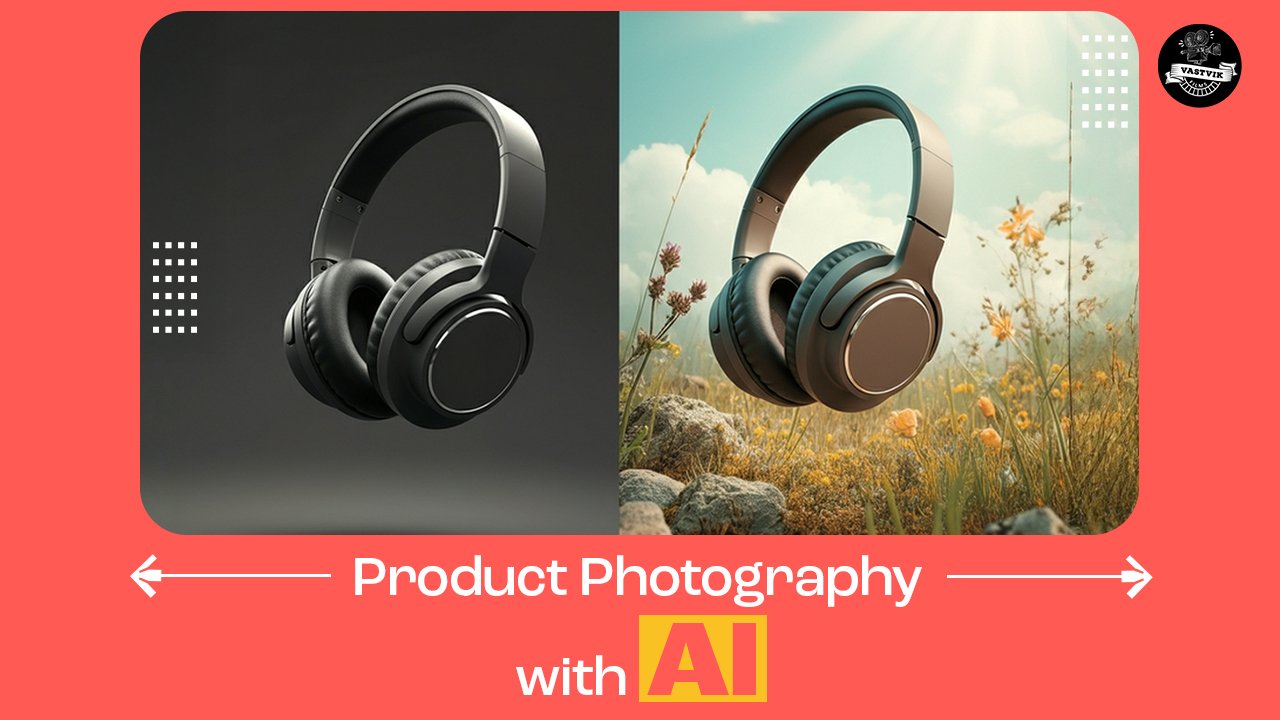
Beginner’s Guide: Product Photography with AI Tools
Introduction
In today’s digital world, compelling product photos are no longer optional but are essential. From product launch to promotion, you require professional product photography. Product photography has required expensive cameras, setups, and skilled photographers. But now, with the advancement in technology, you can include AI (Artificial Intelligence) in product photography, which will be affordable and save you a lot of time.
Here are 5 simple steps that will help you start product photography using AI:
1. Explore Beginner-Friendly AI Tool
Begin with easy to accessible and intuitive tools like Claid.ai, Pebblely, or Fotor.
● Claid.ai: Background removal, image enhancement, and realistic scene generation.
● Pebblely: User-friendly interface with batch processing and themed visuals.
● Fotor: AI photo enhancer and background generator.
Sources: Claid.ai, Pebblely, Wikipedia
2. Capture Clear Background Photos
AI tools will let you upload an existing product photo or will generate an entirely new image for you. If you are uploading a photo yourself, you should ensure it is of good quality and captured in good light. As AI will enhance them rather than fix blurry or poorly lit photos. Always click images in a plain background. Use explanatory prompts about your product, such as its color, style, and texture, to generate realistic and eye-catching visuals.
3. Upload and Remove Background
AI tools will help you to remove the background, adjust lighting, and even stimulate professional studio lighting. Background is very important in product photography. Your background should be plain, clear, and should maintain a professional look; a loud background will not make your product stand out. An AI tool will help you a lot in removing the background, which will take you a lot of time if you do it manually.
4. Enhance, Apply Backgrounds, and Customize Angles
An AI tool gives you the flexibility to experiment with products and angles. You can rotate your product, zoom in on important details, improve colors, sharpness, and brightness automatically. AI tools can also help you generate backgrounds.
5. Export and Refine
Once you are done with product photography, you can export them in the appropriate format for your platforms. You can also add SEO friendly alt text and description for improving your product’s reach online. You can choose the resolution and size according to your platform.
Conclusion
Choosing AI for product photography is a smart choice as it will save your time and money, but you can’t entirely depend on AI for product photography. AI can help you with speed, affordability, and consistency, but complex shoots do require professionals. Using AI tools professionally, you need a creative editor and a professional photographer as well.
There are many professional companies, like Vastvik Films, that combine AI efficiency with creativity to deliver professional visuals every time.

